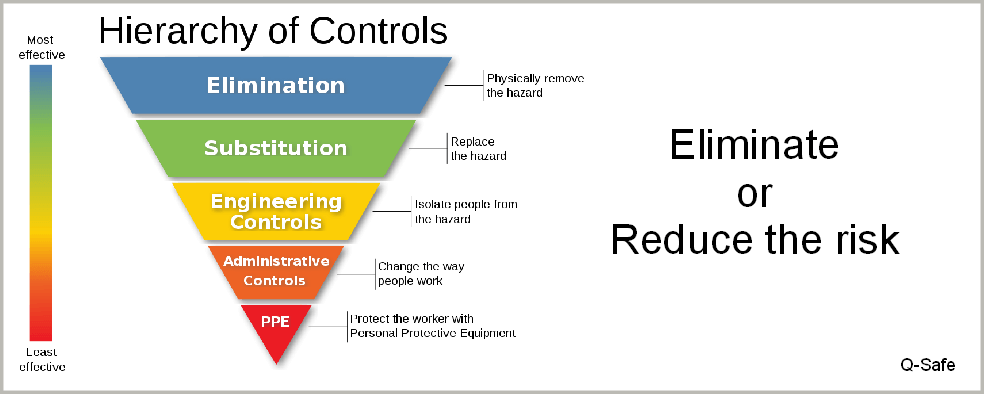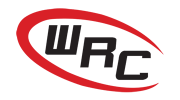HAZARD: Something that has the potential to cause harm.
It could be a substance, an energy source, a process, equipment, etc.
RISK: is the CHANCE that someone might get injured or become unwell as a RESULT of the hazard.
Hazard and Risk Evaluation
So when creating a risk assessment, first, establish what the hazards are. What can be the result of the hazard, and what is the severity of the result.
Each activity is evaluated by ‘What is the chance of this happening?’ and ‘If it happens, what is the severity of the outcome?’ – this gives us an estimated result. Please note this is an estimation by the person performing the assessment. An opinion.
After that, you work out what you are going to do about it. What controls are you going to put in place to eliminate or reduce the risk to an acceptable level.
Thereafter, we can re-evaluate the level of risk. We can only proceed with an activity if the level of risk is ‘acceptable’. If not, look at different ways to do the task.

A commonly used model is the ‘Hierarchy of risk control’
First prize is ELIMINATION of the risk. If not, then
SUBSTITUTION – How can this be done differently? Can we replace the hazard? If not, then
ENGINEERING CONTROLS – physical items which make it safer. Take the worker away from the hazard. If not, then
ADMINISTRATION – e.g. training, controlled procedures, warnings. Change the way people work. If not, then
PPE – A last resort – but needed if there is any form of risk, no matter how small.
Evaluate each hazard with the above procedure.
Risk Assessment Builder
Q-Safe has a detailed Risk Assessment Builder section.
Here, the individual hazards are identified, and the potential harm from the hazard is considered. We then estimate the risk severity, and with this knowledge, you can list steps to be taken to minimise or eliminate the risk.
You can learn more here: Build a detailed Risk Assessment in under 5 minutes
We always recommend a company send at least one employee on a Hazard Identification and Risk Assessment (HIRA) course.
This will assist the company with building accurate risk assessments.
Remember, your own staff know the job and risks better than an external person.






